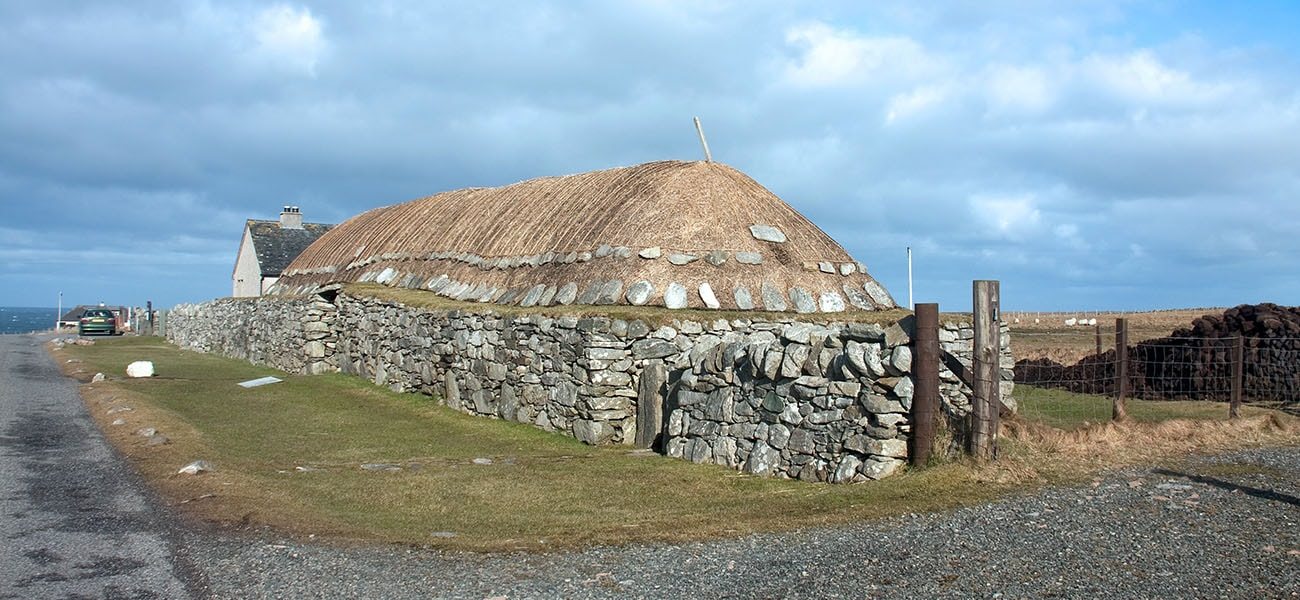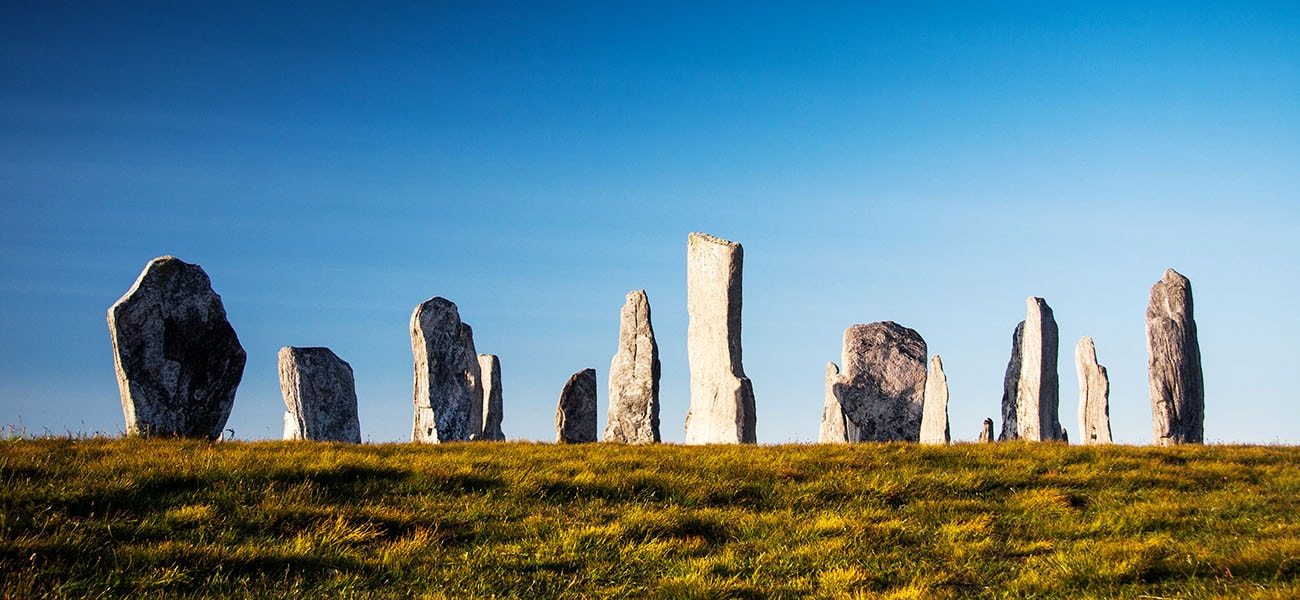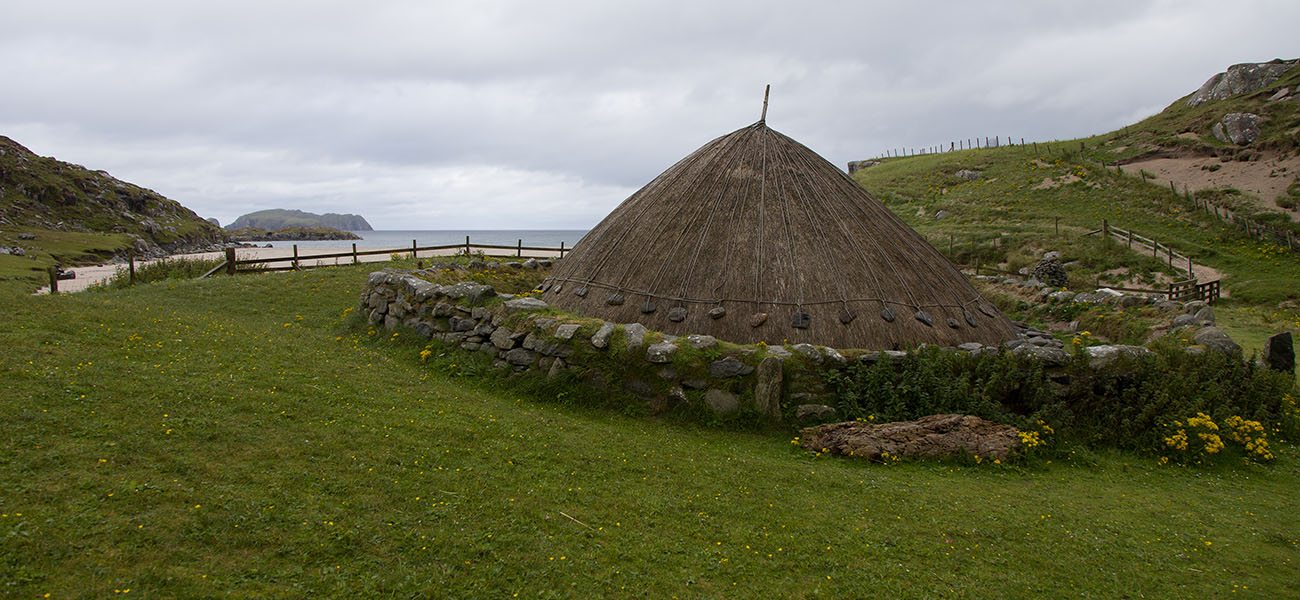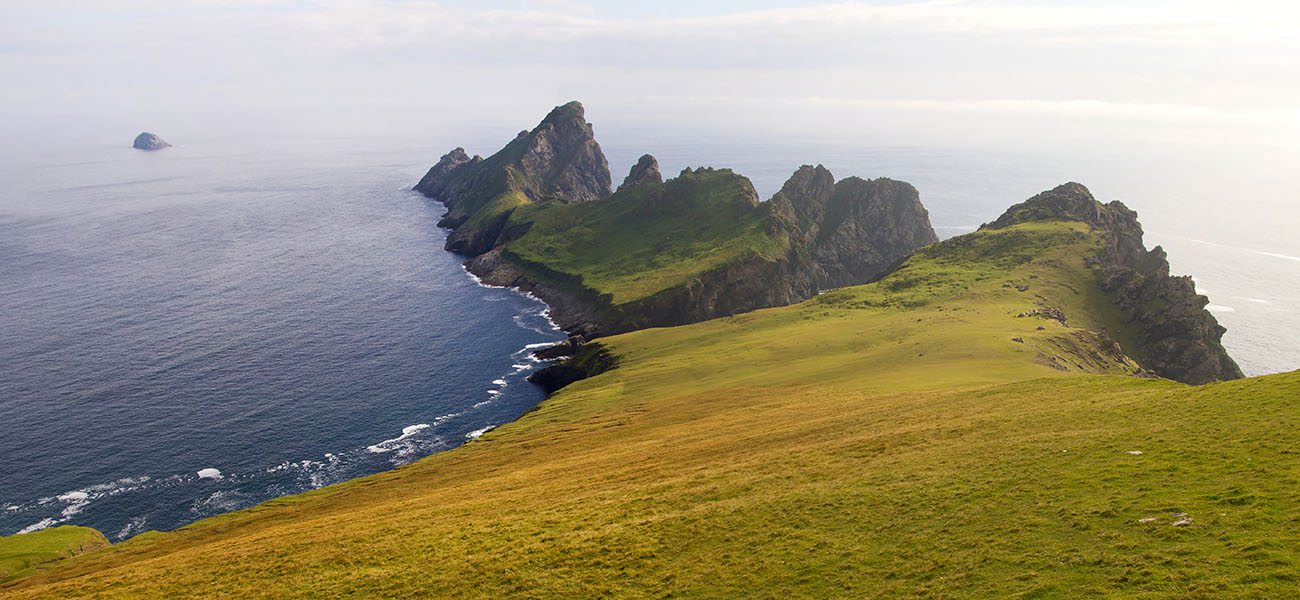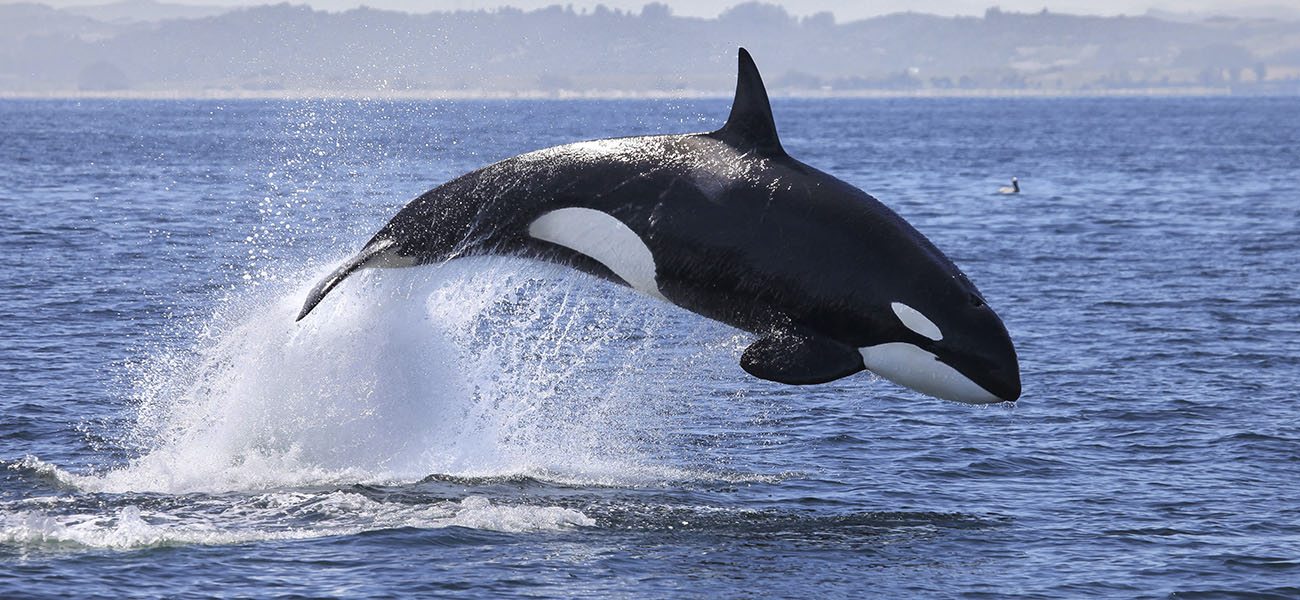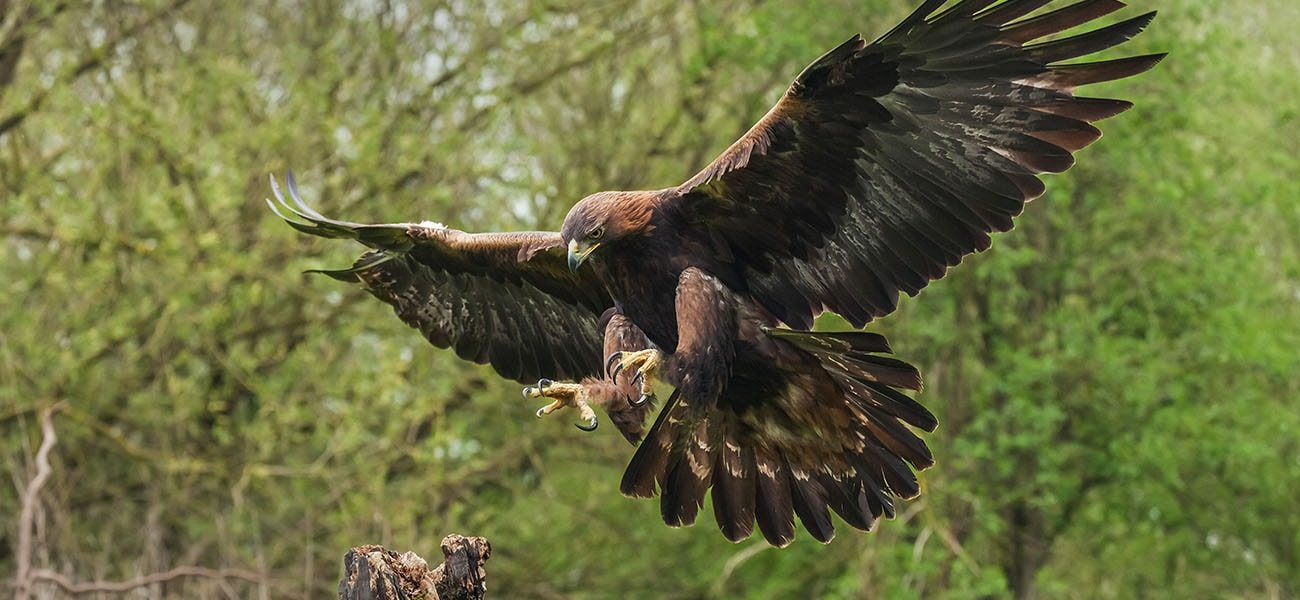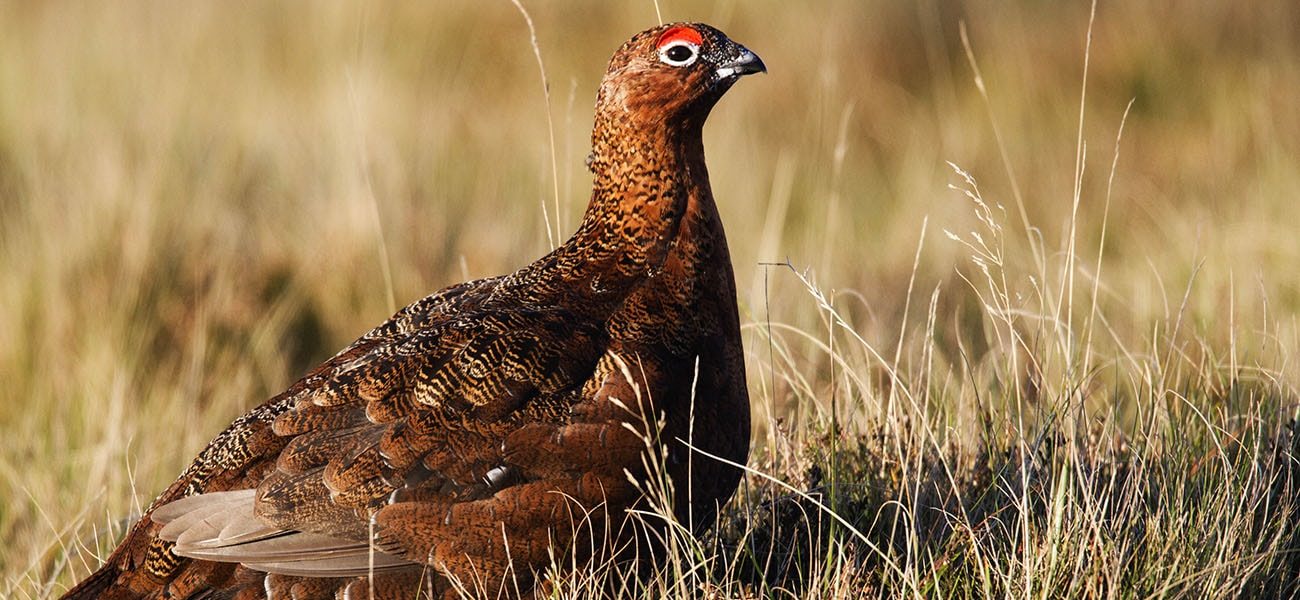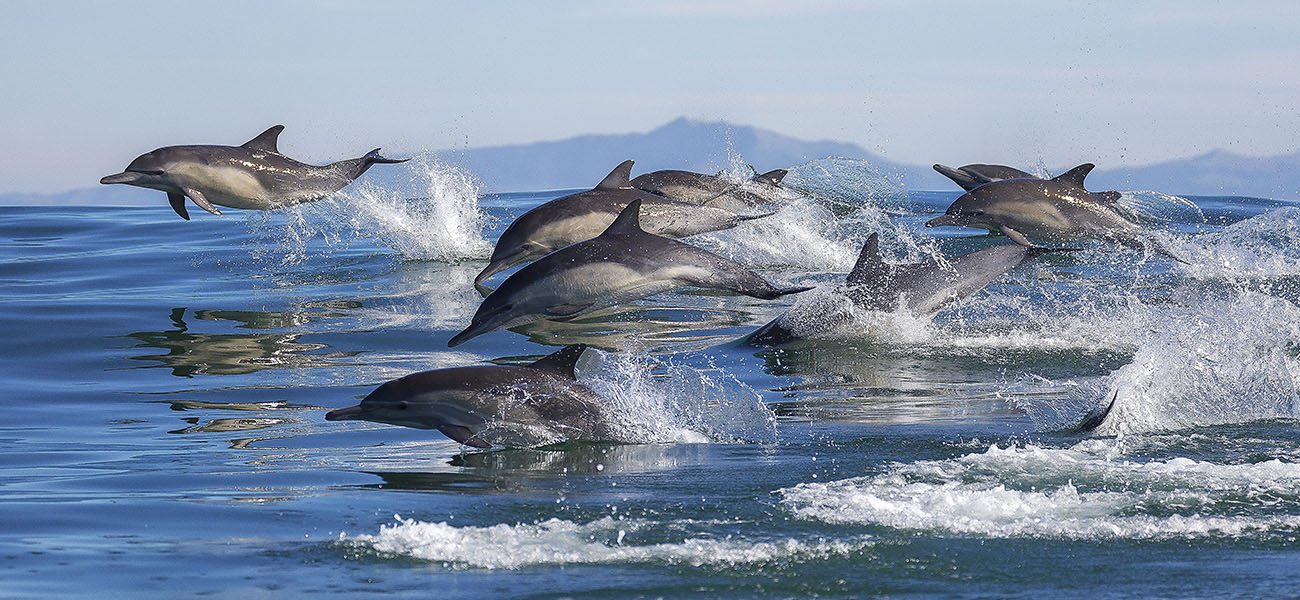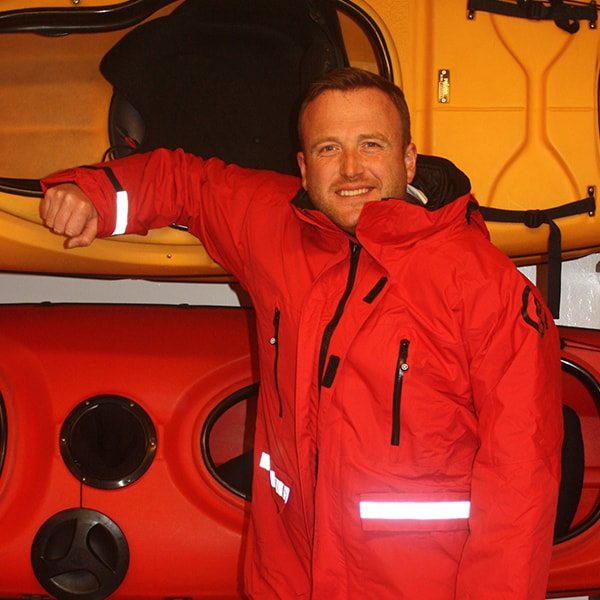Hebrides
About
The Hebrides are comprised of a widespread and incredibly diverse archipelago located off the west coast of mainland Scotland and are clustered into two groups: Inner Hebrides and the Outer Hebrides.
The islands have a long and rich history of occupation dating back to Mesolithic times and the culture across the Hebrides has been influenced by Celtic, Norse and English-speaking peoples, making it incredibly unique.
The region offers an abundance of things to see and do, especially for nature and wildlife enthusiasts. Seals and seabirds are commonly spotted across many of the islands and a wide range of wild flowers can be enjoyed in various tones of pink, blue, yellow and purple.
Travel Guide
WHEN TO GO
The best time to cruise this region is in the spring and summer, although you’re not guaranteed perfect weather, there’s less chance of snow and vicious winds blowing down from colder regions further north.
This time of the year also offers more daylight hours, allowing you to enjoy more time exploring ashore and seeing the history and culture of the islands up close. It also offers the chance for you to partake in more outside activities, such as cycling, kitesurfing, kayaking or windsurfing, which is offered on many of the Hebridean islands.
What To See
ARNOL BLACKHOUSE
The Arnol Blackhouse is one of Scotland’s most visited historic buildings and can be found on the Isle of Mull. Far from just being a traditional museum, Arnol Blackhouse is a perfectly preserved piece of Scottish history.
Built in 1885, this traditional blackhouse – a combined byre, barn and home – was inhabited until 1964 and has not been changed since the last inhabitant moved out. It has literally been frozen in time.
CALLANISH STANDING STONES
The Callanish Standing Stones, on the Isle of Lewis, form one of the most complete stone circles in Britain and is one of the most atmospheric prehistoric sites anywhere in the world.
The 13 large stones are perfectly arranged around a 4.5metre-tall central monolith and around 40 or so smaller stones radiate away from the circle in the shape of a cross. They are believed to date from 3800 to 5000 years ago.
IRON AGE HOUSE
The Iron Age House on the Isle of Lewis is certainly worth visiting. It was found in 1993 on the beach at Bostadh when a storm rolled in and reconfigured the beach. Stonework was clearly visible where sand dunes had once stood and in 1996 excavations unearthed a series of well-preserved houses, some of which were virtually intact.
It is thought that the main settlement was occupied around the 6th-9th centuries AD and comprised a cluster of semi-sunken circular buildings, each with a rectangular central hearth and at least one smaller chamber opposite the main entrance.
ST KILDA
St Kilda is an incredible collection of sea stacks and islands lying around 45 miles west of North Uist. The collection of islands is owned by the Scottish National Trust and was deemed a UNESCO World Heritage Site in 1986. The islands are also the largest seabird nesting area in the North Atlantic, home to over a million birds.
Hitra is the largest of the islands and a visit here offers a chance to explore the remains of Village Bay, where this is also a small museum.
Wildlife
HEBRIDEAN WILDLIFE HIGHLIGHTS
An expedition voyage through the Scottish Hebrides is a great chance to spot some of the regions’ most incredible wildlife.
There are hundreds of species of bird, this making the Hebrides a bird enthusiasts paradise, along with deer, orca, dolphins, basking sharks, seals and much more. Many of the marine life can be spotted from the deck of your ship, although there are opportunities to do these as excursions in much smaller boats.
Birding in the Hebrides offers the opportunity to spot Golden Eagle, Raven, Red Grouse, Golden Plover, Snipe, Meadow Pipit, Puffin, Kestrel, Hen Harrier, Long Eared Owl and Stonechat, just to name a very small few. Of course, not all birds visit all islands, making each day a new and exciting opportunity to discover more.


